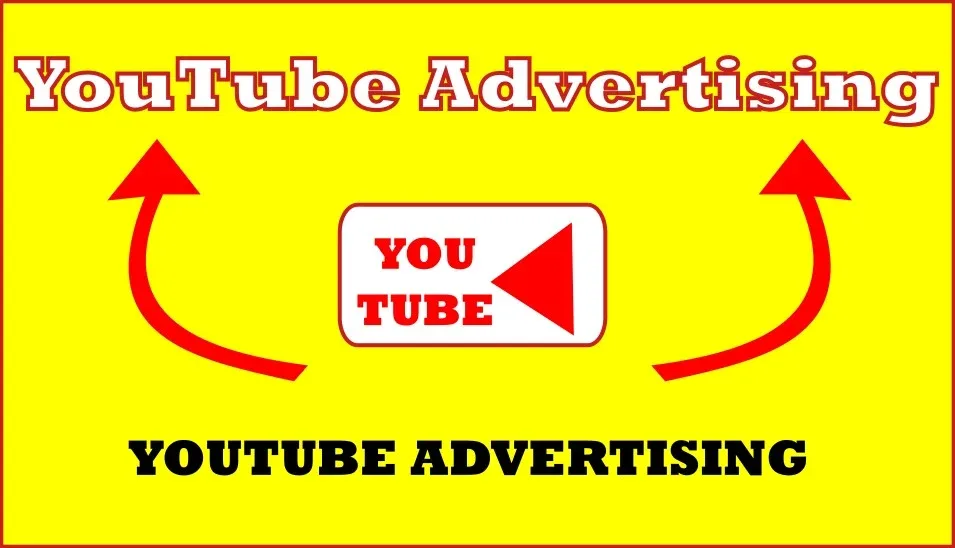YouTube advertising is advertising your content, product and services on YouTube platform. YouTube displays your ads during, before or at the end of the video a user is watching and also on YouTube home and under or above suggested content..
The Five Main Types of YouTube Advertising
1. In-Feed Video Ads
In-feed video ads appear on YouTube search results, next to related videos, or on the YouTube homepage. They invite users to click on a thumbnail, consisting of an image and some text, to watch the ad.
2. In-Stream Ads
In-stream ads play before, during, or after another video on YouTube or video partners on the Display Network. They give viewers the option to skip the ad after maximum of 5 seconds.
Under this ads types there are two subtypes namely; skippable In-stream Ads and Non-skippable In-stream Ads.
skippable In-stream Ads
skippable In-stream Ads are ads that the user can skip after 3 seconds regardless if the total duration of the ad was not watched.
Non-skippable In-stream Ads
Non-skippable In-stream Ads are ads that the user cannot skip until the total duration of the ad up to 5 seconds is fully watched or displayed.
3. Bumper Ads
Bumper ads are generally a short video ad format created to allow you to reach more customers thus increase awareness about your brand by using a short, memorable message in video form. With videos of 6 seconds or less, bumper ads let you reach people with bite-sized messages, while providing a minimal impact on their viewing experience.
Bumper Ads Criteria
- Videos must be 6 seconds long or shorter and hosted on YouTube. Viewers can’t skip your ad.
- A view of your bumper ad won’t increment the video’s YouTube view count as it is considered a complete ad but not a content.
- Bids are set based on target CPM (cost per thousand impressions). Target CPM is a way to bid where you set how much you’re willing to pay every thousand times your ad is shown (this amount is your target CPM). Display & Video 360 will optimize your bids to help get as many impressions as possible using your target CPM amount. Some impressions may cost more or less than your target CPM, but altogether Display & Video 360 will try to keep your line item average CPM equal to or lower than the target CPM you set.
- You can’t build remarketing lists off of views to bumper ads.
- Bumper ads can help increase awareness about your brand. They often work well when run along with related YouTube ads.
- The short format can be especially effective on mobile, where people are often watching videos on the go.
4. Out stream ads and accompanying content
Out stream ads and accompanying content expands the reach of your video ads on mobile, helping you reach more customer. Outstream ads begin playing with the sound off. Viewers can tap the ad to unmute the video. Outstream ads are designed to increase your video reach at an efficient cost.
Outstream ads are mobile-only ads that appear across a variety of different placements on Google video partners. On mobile web, outstream ads appear in banners. In mobile apps, outstream ads appear in banners, interstitials, in-feed, native, and in both portrait and fullscreen modes.
Accompanying Content appears across websites and mobile web and apps.
5. Masthead Ads
Masthead Ads drives awareness for a new product or service or reach a massive audience in a short period of time, for example, a sales event
In a Masthead, ad autoplays without the sound for up to 30 seconds at the top of the YouTube Home feed
Advertising model
YouTube has two type of advertising model known as Cost Per Mile (CPM) and Cost Per Click (CPC).
Cost Per Mile (CPM) means amount charged per thousand views of your advert published while Cost Per Click (CPC) means amount charged per click. CPC is not calculated in thousand but per one click.
Difference Between Cost Per Mile (CPM) and Cost Per Click (CPC)
For CPM You are charged for thousand impression of your advert while you are charge any time a user click your advert for CPC.
